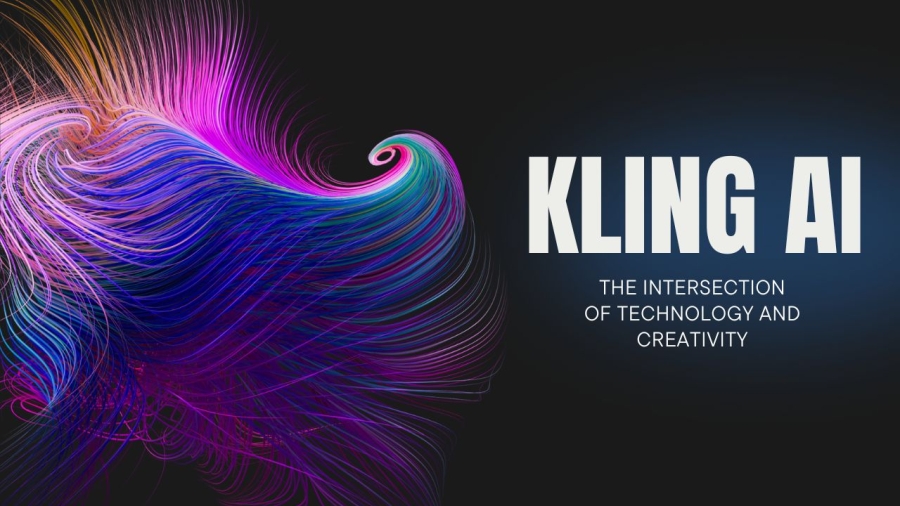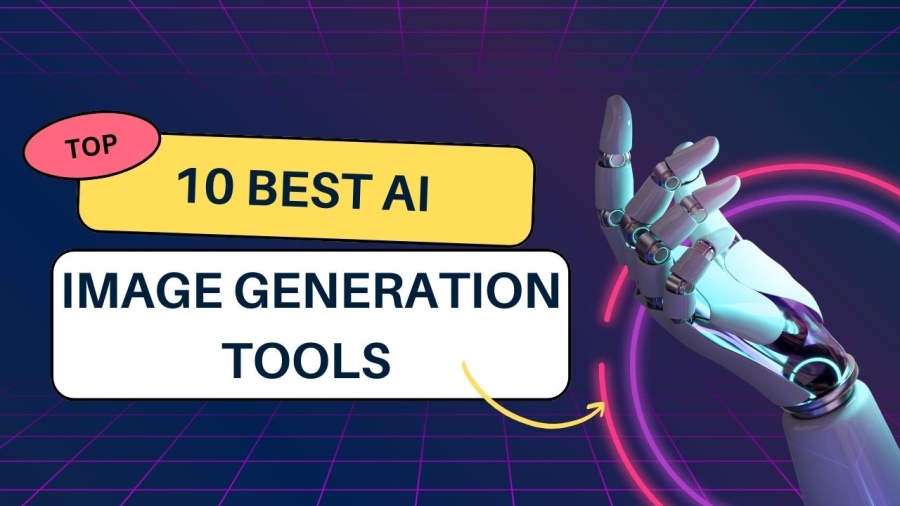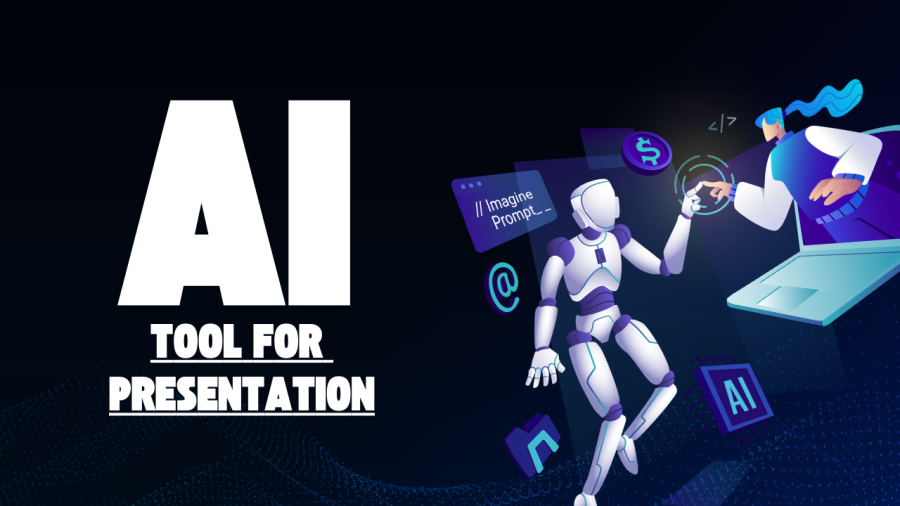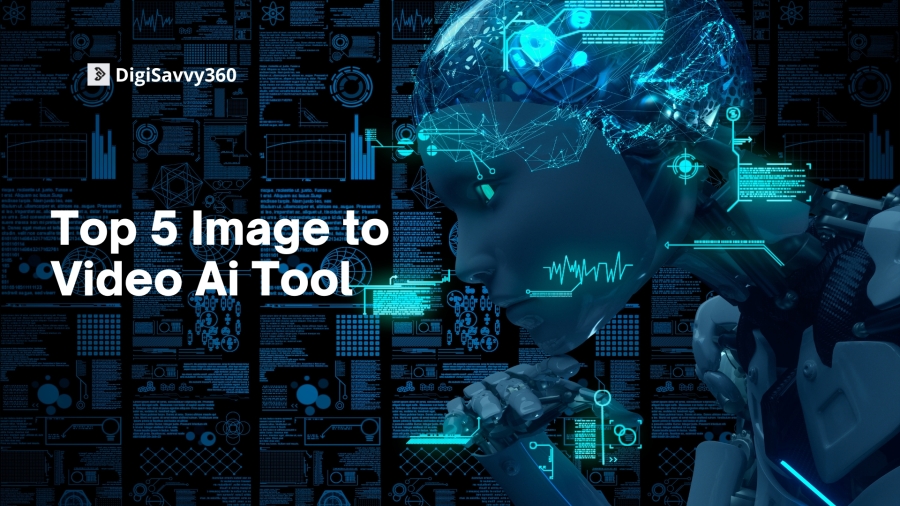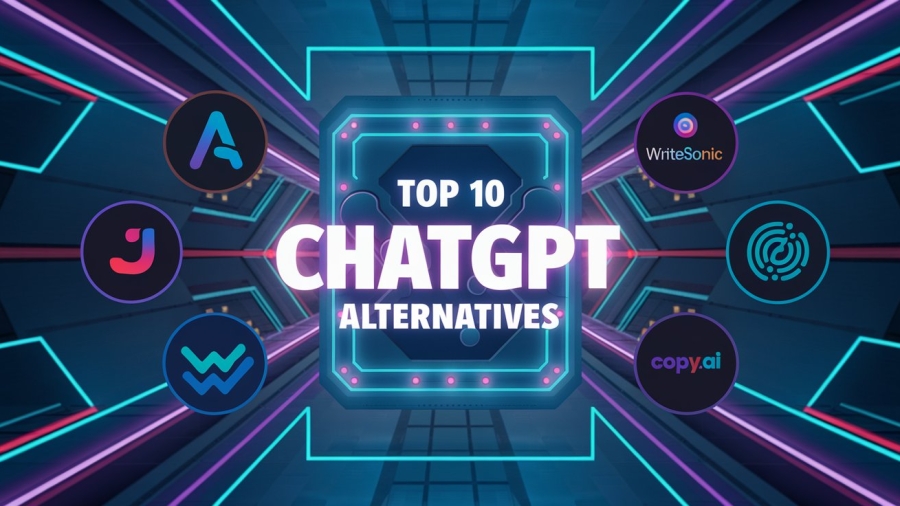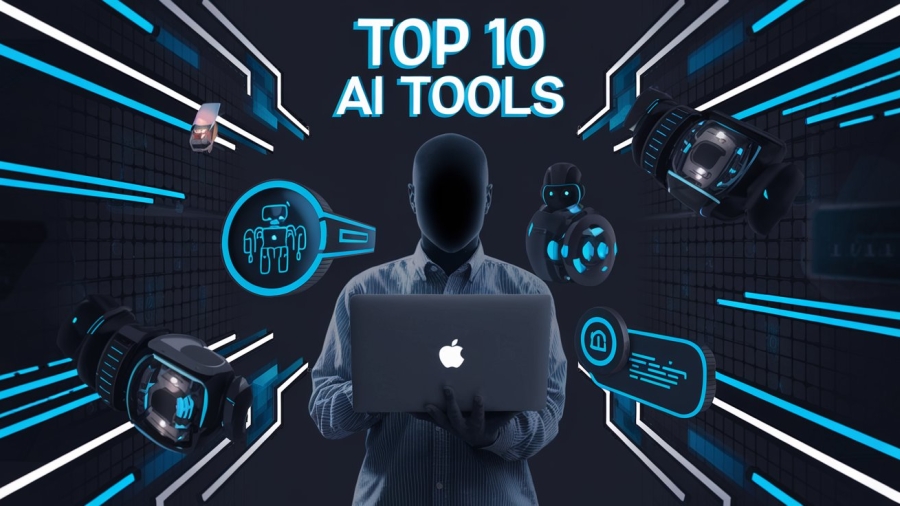Introduction to AI Image Generation
Top 10 Best AI Image Generation Tools: Artificial Intelligence (AI) is revolutionizing creative fields by transforming how we produce images. From concept art to marketing visuals, AI image generation tools leverage machine learning models to create stunning, complex, and often highly personalized images. These tools take text prompts or reference images and convert them into unique visual artworks, making them indispensable for digital artists, marketers, and content creators.
How AI Image Generation Works
AI image generation typically relies on advanced algorithms like Generative Adversarial Networks (GANs) and diffusion models. These systems train on vast datasets of images to understand patterns, colors, shapes, and textures. When prompted, they generate new images based on their training data, allowing users to create art by simply typing a description or uploading a reference photo.
Growth and Adoption of AI Image Generators
The popularity of AI image generation tools has skyrocketed in recent years, especially as they become more accessible to non-tech-savvy users. With their ability to create professional-grade images in a matter of seconds, AI tools are now widely used in industries like advertising, gaming, and graphic design.
Benefits of AI Image Generators
- Time Efficiency: AI drastically reduces the time it takes to create detailed visual content.
- Cost-Effectiveness: Hiring professional designers can be expensive; AI provides a more affordable alternative.
- Creativity Boost: These tools often suggest innovative ideas or styles that users might not have considered on their own.
- Customization: Many platforms offer extensive customization, allowing users to refine images to their exact preferences.
Criteria for Selecting the Best AI Image Generation Tools
When choosing the right AI image generation tool, several factors need to be considered:
User-friendliness
A good AI tool should be intuitive, even for beginners. Features like drag-and-drop interfaces, simple text-based prompts, and visual previews help make the experience smooth.
Customization Options and Flexibility
The best tools provide options to tweak everything from color schemes to artistic styles, ensuring that users have control over the final output.
Image Quality and Realism
High-quality outputs that accurately match user inputs are essential, especially for professional use. The generated images should appear polished and lifelike, with realistic textures and proportions.
Cost and Licensing
While some AI tools are free, others operate on subscription models. Licensing policies for commercial use vary, so it’s important to choose a tool that fits within your budget and usage requirements.
Platform Integration
Integration with other software (e.g., Photoshop, Adobe Illustrator) is a big plus for professionals who rely on multiple tools in their workflow.
1. MidJourney
Overview of MidJourney’s Key Features
MidJourney is one of the most acclaimed AI image generation tools, particularly known for creating stunningly artistic visuals. It uses cutting-edge AI technology to convert user prompts into high-quality images that feel both creative and organic. The tool allows for a high level of customization, making it ideal for users looking for detailed and specific imagery.
Pros and Cons of Using MidJourney
Pros:
- Exceptional quality of artistic images
- Wide variety of styles and customization
- Intuitive Discord-based interface
Cons:
- Requires a paid subscription for full access
- Limited for commercial use unless explicitly licensed
Who Should Use MidJourney?
MidJourney is best suited for digital artists, marketers, and anyone looking for highly creative, surrealistic images. It’s also a favorite for concept art, book covers, and promotional designs.
2. DALL·E 3 by OpenAI
What Makes DALL·E 3 Stand Out?
DALL·E 3, developed by OpenAI, takes image generation to a new level with its ability to produce images based on detailed textual descriptions. It is well-known for its precision in generating highly realistic images that closely follow the prompts given by the user.
How DALL·E 3 Handles Prompts and Creativity
DALL·E 3 excels at understanding complex prompts, whether they are simple instructions or intricate scenarios. The tool allows users to generate photorealistic images, abstract art, or even conceptual imagery that blends different art forms.
Use Cases for DALL·E 3
DALL·E 3 is particularly useful for professional designers, digital artists, and marketers who need high-quality images for advertisements, branding, or concept creation.
3. Stable Diffusion
Key Features of Stable Diffusion
Stable Diffusion offers an open-source model for generating AI images, making it unique in its accessibility and flexibility. This tool can be run on personal computers, giving users complete control over the image generation process.
Real-world Applications of Stable Diffusion
Stable Diffusion is widely used for everything from generating digital art to medical imaging and even architectural design. Its versatility makes it a favorite among both professional and hobbyist users.
Why Choose Stable Diffusion?
If you’re looking for a tool that provides you with total control over the AI image generation process, Stable Diffusion is the ideal choice. It’s great for artists and developers who want to modify the underlying model to fit their specific needs.
4. Runway ML
Unique Features of Runway ML
Runway ML is more than just an image generation tool; it’s an all-in-one platform for creative professionals. It features an array of AI-powered tools for video editing, 3D models, and, of course, image generation.
Use Cases and Applications for Runway ML
Runway ML is widely used by video editors, filmmakers, and designers who need an AI-driven platform that supports their entire creative process. It is particularly useful for integrating AI art into multimedia projects.
Integration with Other Tools
Runway ML offers seamless integration with creative software like Adobe After Effects, making it a powerful choice for professionals in video production and graphic design.
5. Artbreeder
Artbreeder’s Generative Capabilities
Artbreeder allows users to create unique art by combining and modifying existing images. Its AI-powered interface enables users to blend different traits, such as color, shape, and texture, from multiple images to produce something entirely new.
Pros and Cons of Artbreeder
Pros:
- Highly creative and collaborative platform
- Simple to use, even for beginners
- Free to use with paid upgrades
Cons:
- Limited control over specific details
- Requires an internet connection to function
Best Uses for Artbreeder
Artbreeder is perfect for artists looking to experiment with new styles or for creating highly customized character designs. It’s a favorite among creators of avatars, landscapes, and abstract art.
6. Deep Dream Generator
Overview of Deep Dream Generator
Deep Dream Generator is one of the most well-known AI image generation tools, famed for its psychedelic, dream-like visuals. The tool is based on an algorithm developed by Google, and it transforms ordinary images into highly artistic works.
Artistic and Surreal Capabilities
Deep Dream’s style is perfect for anyone looking to create surreal or highly abstract art. It enhances images with layers of patterns and textures that give them a distinctly otherworldly feel.
What Makes Deep Dream Generator Unique?
This tool is especially suited for artists who enjoy creating heavily stylized images. Its AI focuses on adding deep, intricate textures that are not found in more conventional AI art tools.
7. NightCafe
NightCafe’s AI Art Generation Process
NightCafe simplifies the process of AI image generation by offering users a variety of styles to choose from, including neural style transfer and text-to-image models. It’s a community-driven platform, allowing users to share and collaborate on artwork.
Popular Features of NightCafe
- Multiple AI generation algorithms
- A community of creators and artists
- Ability to fine-tune images after generation
User Experience and Customization
NightCafe is accessible for both beginners and experienced users. It offers a wide range of customization options, making it easy to tweak and enhance images after they’ve been generated.
8. Jasper Art
Jasper’s AI Art Tools and Features
Jasper Art is a newer addition to the AI image generation space, offering a user-friendly platform that integrates with Jasper’s AI writing tools. Its text-to-image capabilities are aimed at marketers and content creators who need visuals to accompany their written content.
Who Should Use Jasper Art?
This tool is ideal for bloggers, marketers, and social media managers who need quick, high-quality images to pair with their content. Jasper Art focuses on generating images that fit specific content marketing needs.
Strengths and Limitations of Jasper Art
Strengths:
- Easy to use alongside Jasper’s writing tools
- Great for content-driven image generation
Limitations:
- Less suited for highly detailed or artistic work
9. Fotor AI
Overview of Fotor AI’s Image Editing Capabilities
Fotor AI offers a range of editing features alongside its image generation capabilities. It’s particularly well-suited for quick edits, enhancements, and adjustments to both AI-generated and manually-created images.
Fotor AI’s Key Image Generation Features
Fotor AI is known for its simple and fast AI art generation process, allowing users to create customized visuals in minutes. Its platform also includes a powerful set of photo-editing tools, which makes it great for post-processing AI-generated images.
Benefits of Using Fotor AI
- Easy-to-use interface
- A wide range of editing tools
- Accessible to beginners and non-designers
10. Craiyon (formerly DALL·E mini)
Craiyon’s Simplified Approach to AI Art
Craiyon is a free, open-source version of DALL·E, aimed at users who want quick, simple AI-generated images without the complexity of more advanced tools. While the quality may not match that of DALL·E 3, it’s a fantastic starting point for hobbyists or casual users.
Who Should Use Craiyon?
Craiyon is perfect for casual users who want to experiment with AI art without investing in paid tools. It’s also great for educators or students looking to explore the capabilities of AI in a more relaxed setting.
Comparison of Craiyon and DALL·E 3
While Craiyon offers a more simplified, free experience, it lacks the fine-tuning and precision of DALL·E 3. However, it’s an excellent option for beginners who want to get a feel for AI art generation.
Honorable Mentions: Other Notable AI Image Generators
Pixray
Pixray is a versatile text-to-image AI generator known for its wide range of customizable options. It’s particularly popular for creating abstract or highly stylized images.
DeepAI
DeepAI provides a straightforward, easy-to-use interface for creating AI-generated images. It’s great for users who need quick visuals without much customization.
PaintsChainer
PaintsChainer is an AI-powered tool that turns sketches into fully-colored artwork, making it ideal for illustrators looking to speed up their coloring process.
Future of AI Image Generation Tools
AI in Professional Art and Design
As AI image generation tools become more sophisticated, they are poised to play an even larger role in professional art and design. Artists and designers are increasingly using these tools as part of their creative workflow, allowing for faster iterations and experimentation.
Ethical Considerations in AI Art Creation
The growing use of AI in art also raises important ethical questions. Issues around copyright, artist attribution, and the potential for AI to replace human jobs are hot topics in the creative community.
Frequently Asked Questions (FAQs)
1. What is the most beginner-friendly AI image generation tool?
Craiyon is considered one of the most beginner-friendly tools, offering a simple and free platform for AI art creation.
2. How does AI image generation differ from traditional digital art?
AI image generation uses machine learning to create images based on data, while traditional digital art is created manually by the artist.
3. Are AI-generated images copyright-free?
The copyright status of AI-generated images varies depending on the platform and its licensing terms. It’s important to review each tool’s usage rights.
4. How do I use AI to generate specific art styles?
Many AI tools allow users to specify the desired art style through prompts, sliders, or pre-set templates.
5. Which AI tool is best for professional artists?
Tools like MidJourney and DALL·E 3 are highly favored by professional artists for their quality and flexibility.
6. Are there free AI image generators available?
Yes, tools like Craiyon and DeepAI offer free AI image generation options.



